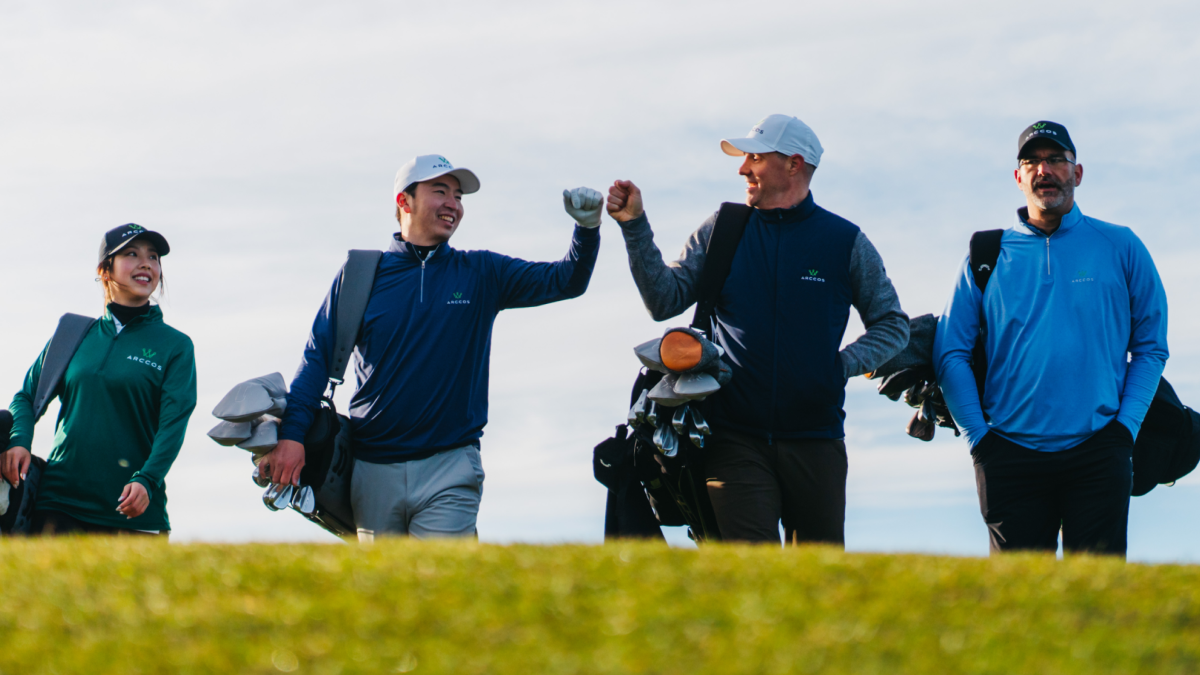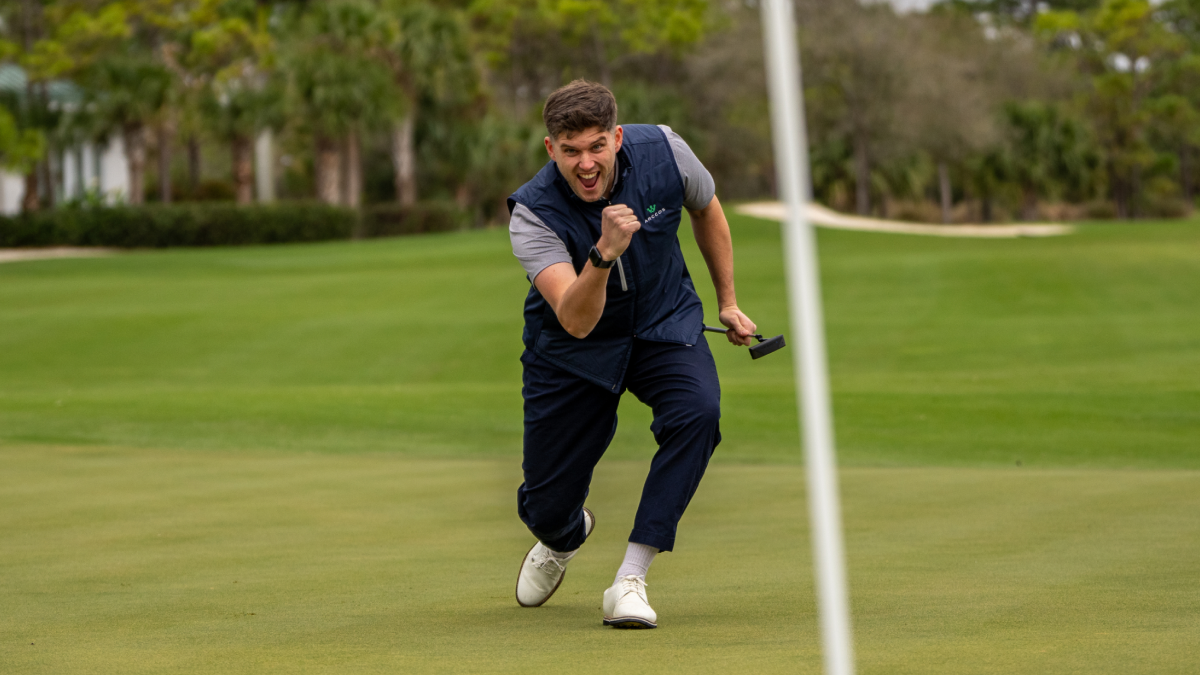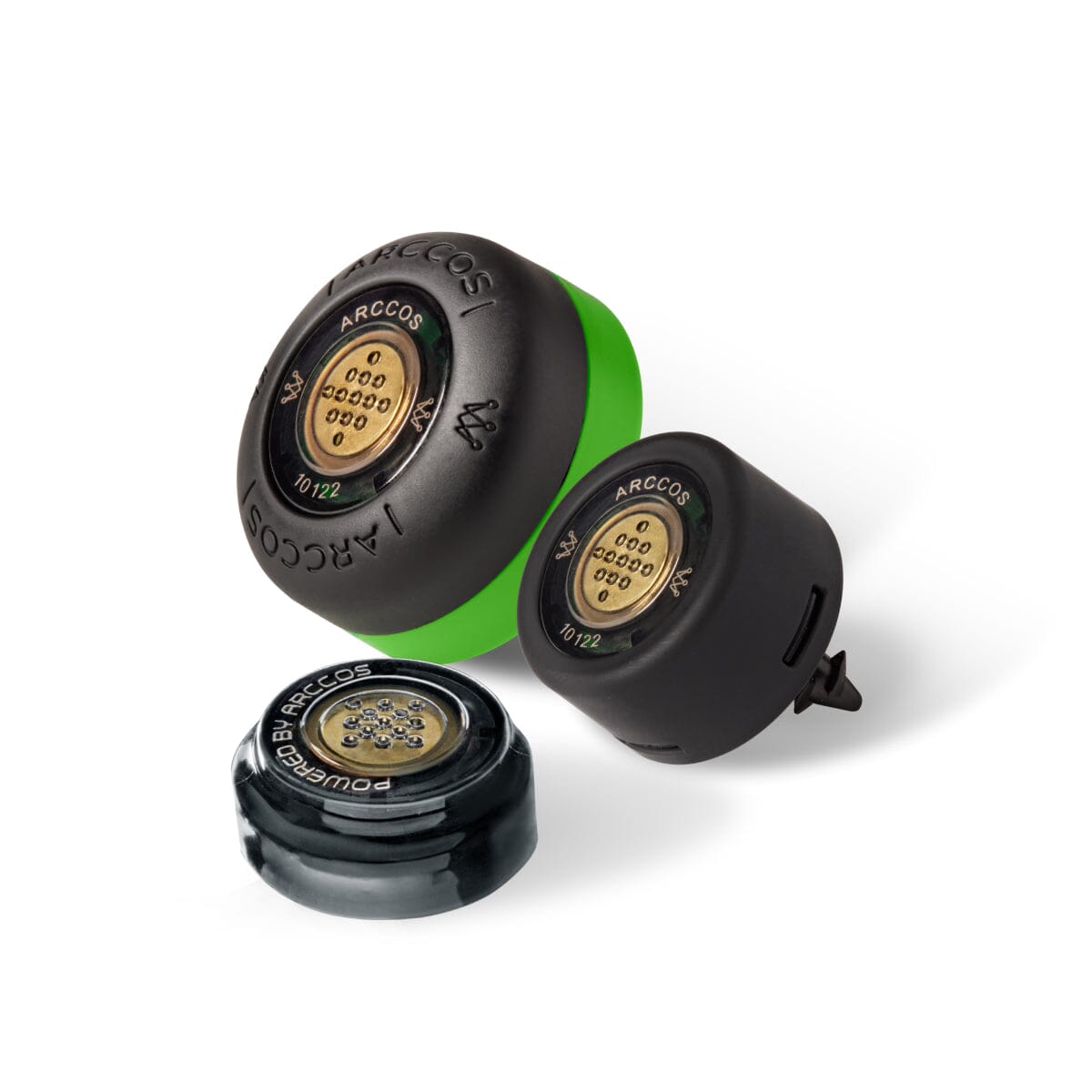
It would have been easy enough for Arccos Ambassador Trillium Rose to keep plugging along as a successful instructor at the famed Jim McLean Golf Academy in Miami, Fla. There was plenty of sun and fun to be had in South Florida, and Rose had a top-notch crop of clients she thoroughly enjoyed.
Now a Golf Digest Top 50 Teacher, she worked mainly with mid-handicap players who wanted to get to the hallowed ground of the single-digit golfer. Rather than pondering why some students improved dramatically and others didn’t, she wanted to explore how they processed information and absorbed instruction.
This, she felt, was the future of game improvement.
“I went back to graduate school [at Columbia University] to get a masters degree in motor learning and control to bring a more comprehensive approach to golf instruction,” Rose says. “When it comes to golf, it’s a bit like shooting a fly with a nuclear bomb but it helped me accelerate my students’ improvement.”
Humans are inherently subject to cognitive bias, and we all have patterns that are imperceptible to us, Rose says. For example, golfers might miss a green short and right 75% of the time, but when asked about their typical miss, they might say “long and left.” Or they think they drive the ball over 250 yards when in reality they rarely reach 230.
“Arccos takes the guesswork out of pattern recognition, it’s the great investigator of all things pattern related,” she says. “It also removes opinions about what’s working and what’s not. Golfers love to practice what they’re good at because it’s fun and builds their confidence. My job is to get them to work on what they’re not good at, and Arccos ties into that perfectly.”
For example, Rose says the Stokes Gained Analytics Feature helps her “make her case” for students to practice on areas of their game in which they’re underperforming against their target handicap. In terms of teaching techniques and drilling, she keeps it simple and has students focus on one or two things at a time.
“Golfers try to do a lot themselves, and the vast majority of them don’t have coaches to pace their learning,” she says. “Oftentimes they try to incorporate too many things into their game at once and they don’t see something through so it is a learned behavior.”
Once Rose feels a student has grasped the basics of technique, she’ll have her students perform it under pressure. This ensures they can execute it on the course, but it also takes their minds off the process and forces them to drill-down on results.
“I’ll have them hit at practice fairways and greens pins on the range and they get a certain number of points for hitting them, and we do a similar drill on the practice putting green,” she says.
Rose loves that Arccos is fueled by on-course data, versus measurements taken on the practice range or at a simulator. Over time, Arccos players realize they don’t have to be physically consistent to score well and reach their game improvement goals.
“The golf swing is a highly-complex motor movement and the human body has so many chemicals with reactions that are never the same,” Rose says. “Consistency is challenging for even the best golfers. The key is to ‘know thyself’ so you can predict where your issues might be and work on them accordingly.”
When asked what mid-handicap players should work on to progress toward a single digit, Rose says without a doubt approach shots from inside 150 yards and short game.
“Getting the ball on the green to where you can one putt, and then making that putt 50 to 60 percent of the time is extremely hard,” she says. “This is where Arccos is extremely powerful in using data to show players where they miss greens or fail to get up and down.”






Share:
Manufacturers & Fitters Value Player Data To Help Them Improve Their Equipment 'Game' Too
Using Arccos Caddie as a New Member